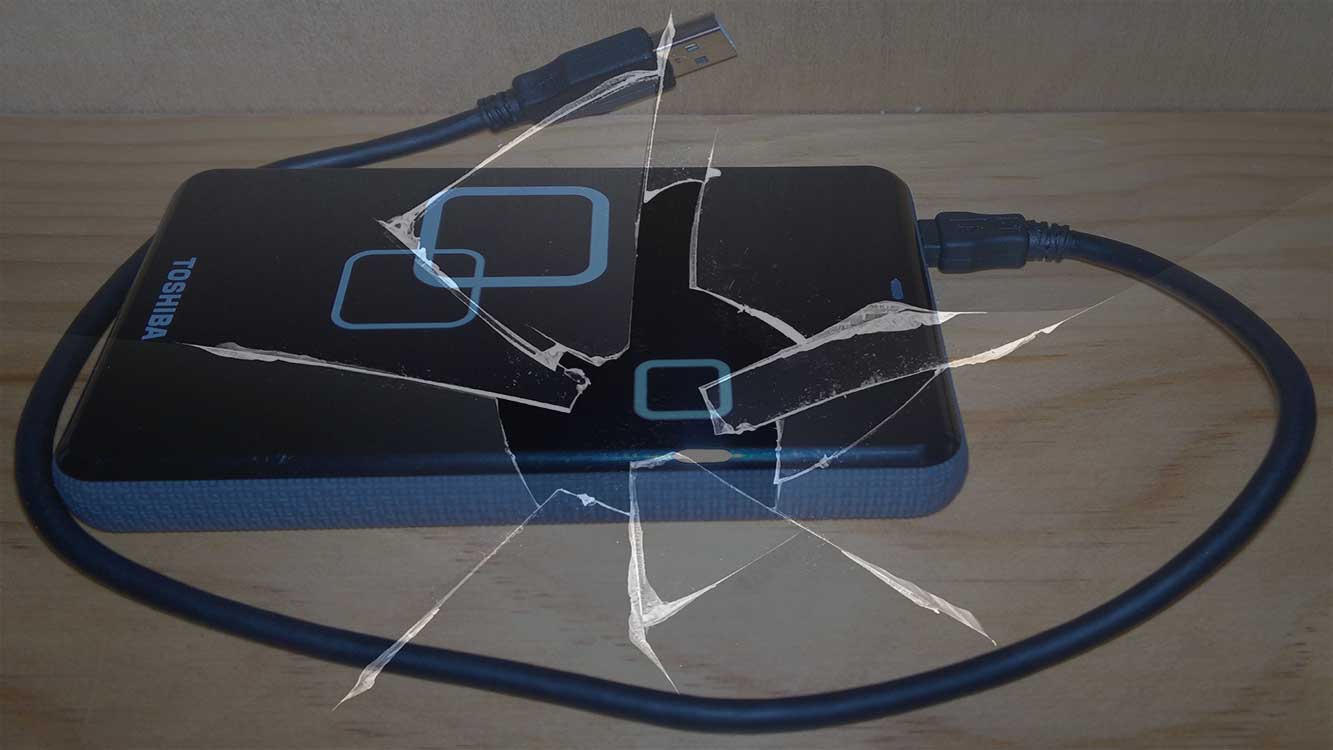External storage is where you back up your most important information. But what if your drive doesn’t show up when you plug it into your computer?
Removable external storage, such as USB flash drives, SD cards, and external hard drives, is very useful for storing data and backing up. Many people choose to keep backups of their important data there.
In certain circumstances, when you connect external storage to your Windows PC with a USB connection, the device does not appear or is not detected. This is a common problem that many people face when trying to use an external hard drive.

Causes of an Unreadable or Unrecognized External Hard Drive
Hardware failure
The hardware here includes a USB cable to the hard disk. If one of the hardware components is damaged, it will impact the overall performance of the drive.
Power shortage
To operate properly, external hard drives need power. If you have a USB 3.0 external hard drive, attach it to a USB 3.0 port. The USB 2.0 port may not provide enough power to allow operation.
System files are not supported
Windows will not recognize drives formatted using unsupported system files.
Corrupt or outdated drivers
Drivers allow your operating system to connect with external hard drives and other devices. If the driver is damaged or out of date, it will cause the operating system to cannot recognize it.
Repair Unrecognized or Not Detected External Hard Disk Drive
If you are facing the issue that the External Hard Drive is not recognized, appears, detected, working, or accessible after plugging it into Windows 11, the methods below will guide you to fix it.
- Check Your Device
- Make Sure Your External Hard Drive Is On
- Try Another USB Port
- Restart Windows
- Check Drives in Disk Management
- Update External Hard Drive Drivers
1. Check Your Device
Before trying some of the other methods, first, check your external hard disk or external storage.
Check whether the USB cable for connection to the PC is damaged or not. If the cable is damaged or broken, replace it with a new cable. And then, also check if the USB port is dirty or dusty, clean if there is dirt.
Plug the device back in to see if that solves the USB not working issue on Windows 11.
2. Make sure your External Hard Drive is On
External Hard Drives need the power to work. Some drives may be powered by a computer’s USB port and others may require additional power from an AC adapter.
Most flash drives and many external hard drives do not require a separate power source because they are powered via USB. In contrast, some desktop external drives include a separate power cable or at least a power switch.
If you have a USB 3.0 external hard drive, attach it to a USB 3.0 port. The USB 2.0 port may not provide enough power to allow operation.
And if you plug into a USB hub, try connecting directly to the PC and see if it works. Also, if your drive requires external power, make sure it is plugged in when in use.
If you see no sign that the drive is operating, the device may be shut down. Know the warning signals of a failed drive so you can catch it early if it happens again.

